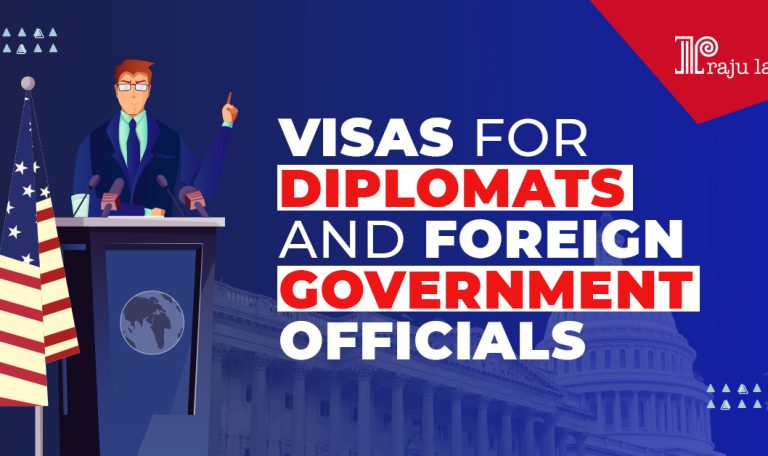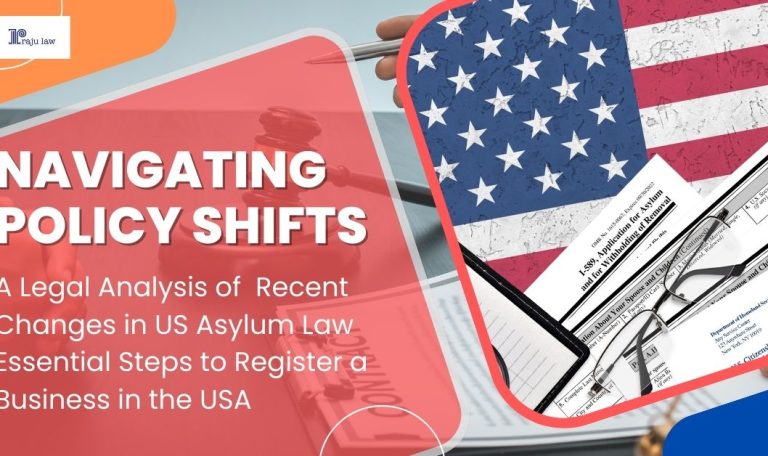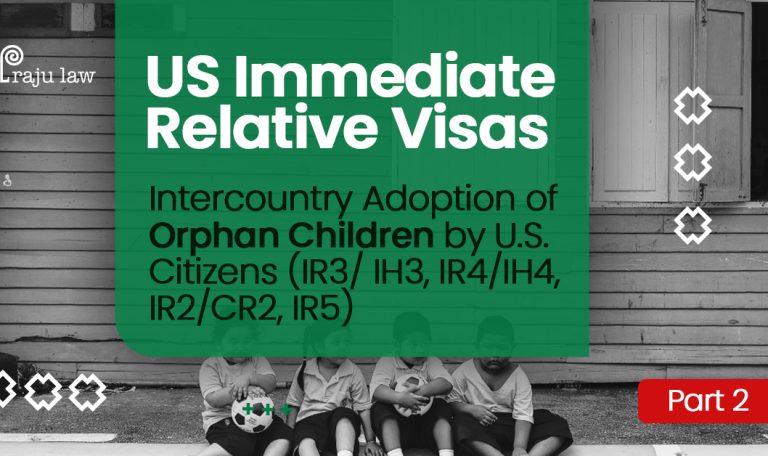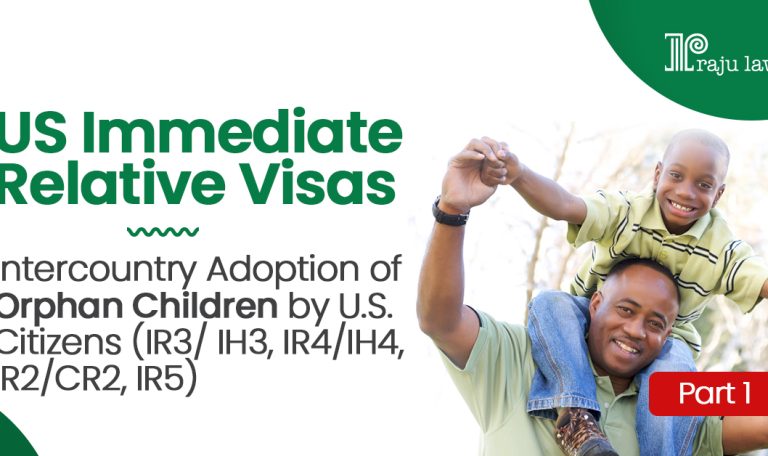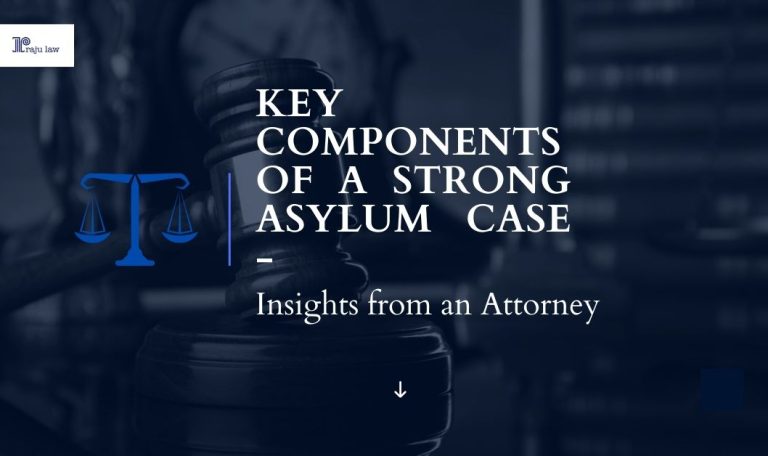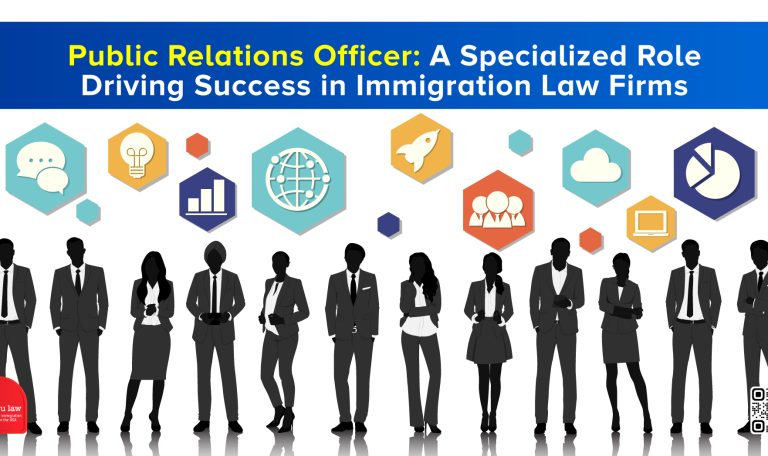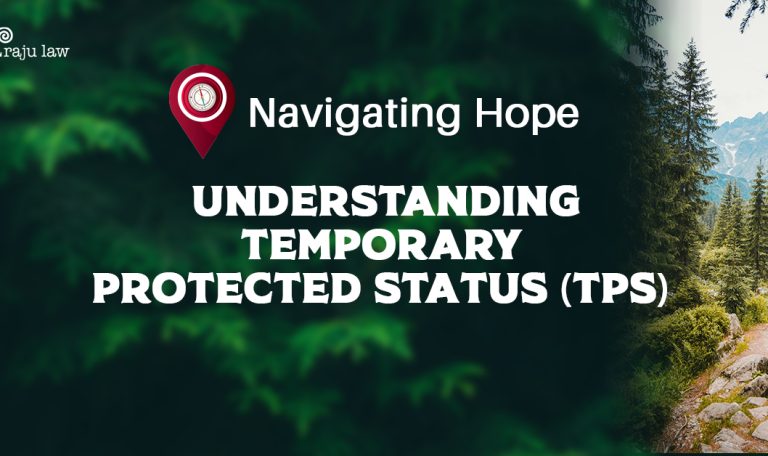
B1 B2 Visa for Athlete, Amateur or Professional (competing for prize money only) Part – 1
Introduction Money, fame and autograph hunters go hand in hand with top athletes who have practiced their sport all over the world. But they often-times find themselves out of their league when it comes time to apply for a US visa. The key to winning the U.S. immigration game lies in working with a dream team of US visa options for Athletes- the B, H, O, and P visa categories. Here, we present a brief overview of the US visa options for Athletes. The B-1 Visa for Athletes The B-1 Business Visitor Visa allows for “business-related” travel to the U.S. Generally, an individual is permitted to enter the US as a B-1 Business Visitor if their visit will include business activities that are professional or commercial purposes. Examples include contract negotiations, participation in scientific, educational, professional or business conventions, conferences or seminars or participating in short-term training. A visitor on the B-1 visa is generally permitted to stay in the U.S. for up to six months and may not engage in productive labor or employment in the United States. There are 3 classes of foreign national athletes that can enter the U.S. using the B-1 Visa for athletes—individual professional athletes, athletes or team members who are a part of a foreign based team and amateur hockey player. Individual Professional Athletes who will not receive any salary, except prize money, can come to the US on the B-1 Visa to participate in a sporting event or competition. Athletes or team members of a foreign-based team can come to the US on the B-1 visa provided: the athlete and the team are principally based in a foreign country; the foreign team and players’ income and salaries are principally earned in the foreign country; and the foreign-based sports team is part of an international league or the actual sporting events are international in nature. Amateur Hockey Players may come to the U.S. on the B-1 visa if they are coming to the U.S. for try-outs during the professional season or during playoffs. The hockey player needs to be able to present a “memorandum of agreement” between himself and the National Hockey League. The US team can only play for round-trip airfare, room, board and transportation. The B-2 Visa for Athletes The B-2 Visitor Visa allows for travel to the U.S. for “pleasure”. Generally, an individual is permitted to enter the US as a B-2 Visitor if their trip will include visiting family, relatives, friends, or acquaintances, or for traveling throughout the United States. A visitor on the B-2 visa is generally permitted to stay in the U.S. for up to six months and may not engage in productive labor or employment in the United States. Amateur athletes are permitted to enter the U.S. on a B-2 visa if they are coming to the U.S. to participate in a competition or for a social or charitable event. Amateur athletes are by definition not members of any of the professions associated with that activity and



